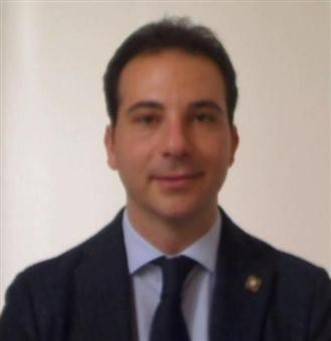Optimal integrated design of structural and viscoelastic bracing-damper systems: theoretical principles - N3
Atti del XV congresso ANIDIS 2013
Passive structural control techniques are generally used as seismic rehabilitation and retrofit methodologies of existing structures. An exciting consequence of structural seismic control research is that it opens the mind to new possibilities in structural forms and configurations, such as slender buildings or bridges with longer spans, without compromising on structural performance through an integrated design of systems. In this paper, with reference to the viscous or viscoelastic dampers, the possibility of achieving the seismic protection through the integration of the elastic lateral stiffness resources and the viscoelastic properties of a dissipative bracing- amper system is investigated. The innovative aspect consists of considering the viscoelastic damping resources as a design variable in order to control the dynamic response. It is thus proposed and developed an integrated design methodology to ensure a preassigned performance, within the displacement based design approach, which explicitly takes into account the dynamic behavior both of the structural and control systems. The optimal design criterion is defined by determining the combination of the variables which minimizes a total cost function. Application of the proposed design approach on a SDOF system is described to show its effectiveness.
Per scaricare il contenuto integrale è necessario essere Socio Anidis, scopri come associarti

